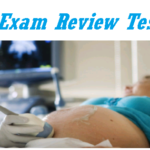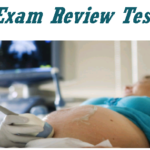For More questions please join Our facebook group: https://www.facebook.com/groups/249298882082586/?ref=br_rs … [Read more...] about ARDMS SPI Exam Review TEST 20
ARDMS SPI Exam Review TEST 19
For More questions please join Our facebook group: https://www.facebook.com/groups/249298882082586/?ref=br_rs … [Read more...] about ARDMS SPI Exam Review TEST 19
ARDMS SPI Exam Review TEST 18
For More questions please join Our facebook group: https://www.facebook.com/groups/249298882082586/?ref=br_rs … [Read more...] about ARDMS SPI Exam Review TEST 18
ARDMS SPI Exam Review TEST 17
ARDMS SPI Exam Review TEST 16
For More questions please join Our facebook group: https://www.facebook.com/groups/249298882082586/?ref=br_rs … [Read more...] about ARDMS SPI Exam Review TEST 16




